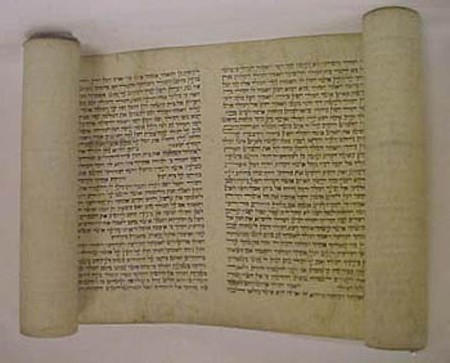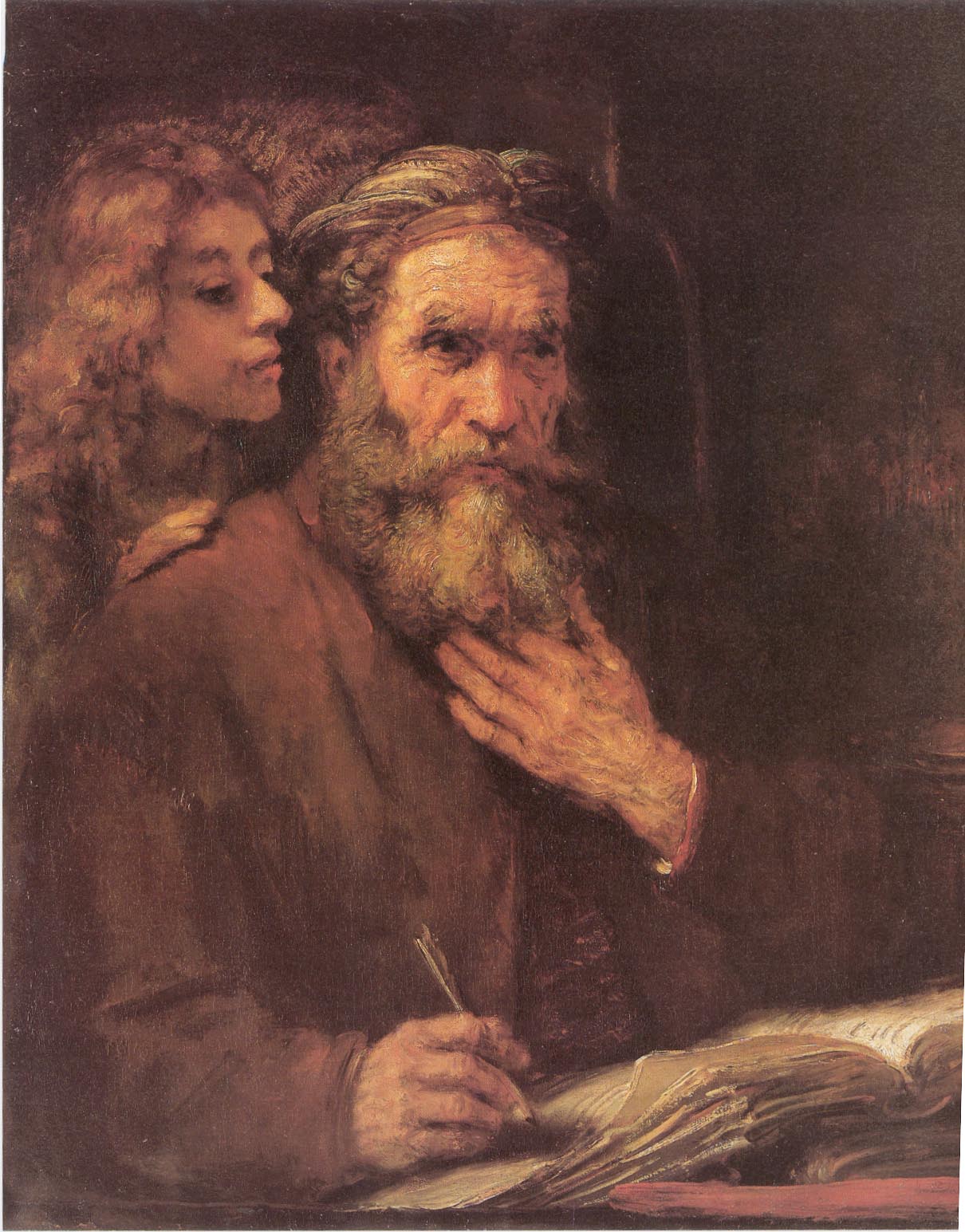|
Onomasticon (Eusebius)
The ''Onomasticon'' (, ), more fully ''On the Place Names in the Holy Scripture'' (, ), is a gazetteer of historical and then-current place names in Palestine and Transjordan compiled by Eusebius (c. AD 260/265–339), bishop of Caesarea, and traditionally dated to sometime before 324. The ''Onomasticon'' sits uneasily between the ancient genres of geography and lexicography, taking elements from both but serving as a member of neither. It is widely considered the most important book for the study of Palestine in the Roman period. Its influence can be detected both in the Madaba map and the accounts of early Christian pilgrims, and it most probably contributed to the Christian pilgrimage of the 4th century, constructing " The Holy Land" as a unifying idea for Christians. Even so, it appears that the Onomasticon was not meant to be a guide for pilgrims, as it did not mention places to be venerated, rather, its target audience was biblical scholars and the composition was ... [...More Info...] [...Related Items...] OR: [Wikipedia] [Google] [Baidu] |
Eusebius Of Caesarea
Eusebius of Caesarea (30 May AD 339), also known as Eusebius Pamphilius, was a historian of Christianity, exegete, and Christian polemicist from the Roman province of Syria Palaestina. In about AD 314 he became the bishop of Caesarea Maritima. Together with Pamphilus, Eusebius was a scholar of the biblical canon and is regarded as one of the most learned Christians during late antiquity. He wrote the ''Demonstrations of the Gospel'', '' Preparations for the Gospel'' and ''On Discrepancies between the Gospels'', studies of the biblical text. His work '' Onomasticon'' is an early geographical lexicon of places in the Holy Land mentioned in the Bible. As "Father of Church History" (not to be confused with the title of Church Father), he produced the ''Ecclesiastical History'', ''On the Life of Pamphilus'', the ''Chronicle'' and ''On the Martyrs''. He also produced a biographical work on Constantine the Great, the first Christian Roman emperor, who was ''Augustus'' between A ... [...More Info...] [...Related Items...] OR: [Wikipedia] [Google] [Baidu] |
Beit Guvrin, Israel
Beit Guvrin (, 'lit. 'House of Men' in Aramaic) is a kibbutz in the Lakhish region, west of the ancient city of Beit Guvrin, for which it is named. Located 14 kilometres east of Kiryat Gat, it falls under the jurisdiction of Yoav Regional Council. In it had a population of . History Kibbutz Beit Guvrin was founded in 1949, on the eve of Shavuot, by former Palmach members after the Palestinian Arab residents of Bayt Jibrin fled the military assault by Jewish forces during the 1948 Arab–Israeli War. The first residents were members of the "Yetzivim" youth group, which emigrated from Turkey in 1945, and the "Bnei Horin" youth group, which emigrated from Romania in 1946. The kibbutz was established on the fields to the north of the Arab village of Beit Jibrin, which sat atop what was once a Hebrew town known as Beit Guvrin that was later renamed Eleutheropolis, "the city of free men" by the Romans in 200 CE. After the Arab Muslim conquest of the region, it became known in ... [...More Info...] [...Related Items...] OR: [Wikipedia] [Google] [Baidu] |
Hexapla
''Hexapla'' (), also called ''Origenis Hexaplorum'', is a Textual criticism, critical edition of the Hebrew Bible in six versions, four of them translated into Ancient Greek, Greek, preserved only in fragments. It was an immense and complex word-for-word comparison of the original Hebrew Scriptures with the Septuagint, Greek Septuagint translation and with other Greek translations. The term especially and generally applies to the edition of the Old Testament compiled by the theologian and scholar Origen sometime before 240. The subsisting fragments of partial copies have been collected in several editions, that of Frederick Field (scholar), Frederick Field (1875) being the most fundamental on the basis of Greek and Syrian testimonies. The surviving fragments are now being re-published (with additional materials discovered since Field's edition) by an international group of Septuagint scholars. This work is being carried out as The Hexapla Project under the auspices of the Intern ... [...More Info...] [...Related Items...] OR: [Wikipedia] [Google] [Baidu] |
Origen
Origen of Alexandria (), also known as Origen Adamantius, was an Early Christianity, early Christian scholar, Asceticism#Christianity, ascetic, and Christian theology, theologian who was born and spent the first half of his career in Early centers of Christianity#Alexandria, Alexandria. He was a prolific writer who wrote roughly 2,000 treatises in multiple branches of theology, including textual criticism, exegesis, biblical exegesis and biblical hermeneutics, hermeneutics, homiletics, and spirituality. He was one of the most influential and controversial figures in early Christian theology, Christian apologetics, apologetics, and asceticism. He has been described by John Anthony McGuckin as "the greatest genius the early church ever produced". Overview Origen sought martyrdom with his father at a young age but was prevented from turning himself in to the authorities by his mother. When he was eighteen years old, Origen became a Catechesis, catechist at the or School of Alexand ... [...More Info...] [...Related Items...] OR: [Wikipedia] [Google] [Baidu] |
Akeldama
Akeldama (Aramaic: חקל דמא or 𐡇𐡒𐡋 𐡃𐡌𐡀 ''Ḥaqel D'ma'', "field of blood"; Hebrew: חקל דמא; Arabic: حقل الدم, ''Ḥaqel Ad-dam'') is the Aramaic name for a place in Jerusalem associated with Judas Iscariot, one of the original twelve apostles of Jesus. Variant transliterations Most English-language versions of the Bible transliterate the term as ''Akeldama'' (e.g. American Standard Version (ASV), English Standard Version (ESV), Good News Translation (GNT), Modern English Version (MEV), and New International Version (NIV)) or as ''Akel Dama'' (New King James Version (NKJV) and 1599 Geneva Bible). ''Aceldama'' is used by the King James Version (KJV), Darby Bible and Wycliffe Bible. ''Hakeldama'' is used by the Common English Bible (CEB), New Revised Standard Version (NRSV) and Orthodox Jewish Bible (OJB), whilst the Complete Jewish Bible (CJB) uses ''Hakel-D'ma''. The Jerusalem Bible has ''Hakeldama'' but uses the English translation ''Bloody Ac ... [...More Info...] [...Related Items...] OR: [Wikipedia] [Google] [Baidu] |
Old Testament Canon
A biblical canon is a set of texts (also called "books") which a particular Jewish or Christian religious community regards as part of the Bible. The English word ''canon'' comes from the Greek , meaning ' rule' or ' measuring stick'. The use of ''canon'' to refer to a set of religious scriptures was first used by David Ruhnken, in the 18th century. Various biblical canons have developed through debate and agreement on the part of the religious authorities of their respective faiths and denominations. Some books, such as the Jewish–Christian gospels, have been excluded from various canons altogether, but many disputed books are considered to be biblical apocrypha or deuterocanonical by many, while some denominations may consider them fully canonical. Differences exist between the Hebrew Bible and Christian biblical canons, although the majority of manuscripts are shared in common. Different religious groups include different books in their biblical canons, in varying ... [...More Info...] [...Related Items...] OR: [Wikipedia] [Google] [Baidu] |
Bethlehem
Bethlehem is a city in the West Bank, Palestine, located about south of Jerusalem, and the capital of the Bethlehem Governorate. It had a population of people, as of . The city's economy is strongly linked to Tourism in the State of Palestine, tourism, especially during the Christmas period, when Christians embark on a pilgrimage to the Church of the Nativity, which is revered as the location of the birth of Jesus. A possible first mention of Bethlehem is in the Amarna letters, Amarna correspondence of ancient Egypt, dated to 1350–1330 BCE, although that reading is uncertain. In the Hebrew Bible, the period of the Israelites is described; it identifies Bethlehem as the birthplace of David. In the New Testament, the city is identified as the birthplace of Jesus, Jesus of Nazareth. Under the Roman Empire, the city of Bethlehem was destroyed by Hadrian, but later rebuilt by Constantine the Great, who commissioned the Church of the Nativity in 327 CE. In 529, the Church of the ... [...More Info...] [...Related Items...] OR: [Wikipedia] [Google] [Baidu] |
Jesus
Jesus (AD 30 or 33), also referred to as Jesus Christ, Jesus of Nazareth, and many Names and titles of Jesus in the New Testament, other names and titles, was a 1st-century Jewish preacher and religious leader. He is the Jesus in Christianity, central figure of Christianity, the Major religious groups, world's largest religion. Most Christians consider Jesus to be the Incarnation (Christianity), incarnation of God the Son and awaited Messiah#Christianity, messiah, or Christ (title), Christ, a descendant from the Davidic line that is prophesied in the Old Testament. Virtually all modern scholars of classical antiquity, antiquity agree that Historicity of Jesus, Jesus existed historically. Accounts of Life of Jesus, Jesus's life are contained in the Gospels, especially the four canonical Gospels in the New Testament. Since the Age of Enlightenment, Enlightenment, Quest for the historical Jesus, academic research has yielded various views on the historical reliability of t ... [...More Info...] [...Related Items...] OR: [Wikipedia] [Google] [Baidu] |
Gospel
Gospel originally meant the Christianity, Christian message ("the gospel"), but in the second century Anno domino, AD the term (, from which the English word originated as a calque) came to be used also for the books in which the message was reported. In this sense a gospel can be defined as a loose-knit, episodic narrative of the words and deeds of Jesus, culminating in trial of Jesus, his trial and crucifixion of Jesus, death, and concluding with various reports of his Post-resurrection appearances of Jesus, post-resurrection appearances. The Gospels are commonly seen as literature that is based on oral traditions, Christian preaching, and Old Testament exegesis with the consensus being that they are a variation of Greco-Roman biography; similar to other ancient works such as Xenophon's Memorabilia (Xenophon), ''Memoirs of Socrates''. They are meant to convince people that Jesus was a charismatic miracle-working holy man, providing examples for readers to emulate. As such ... [...More Info...] [...Related Items...] OR: [Wikipedia] [Google] [Baidu] |
New Testament
The New Testament (NT) is the second division of the Christian biblical canon. It discusses the teachings and person of Jesus in Christianity, Jesus, as well as events relating to Christianity in the 1st century, first-century Christianity. The New Testament's background, the first division of the Christian Bible, is called the Old Testament, which is based primarily upon the Hebrew Bible; together they are regarded as Sacred Scripture by Christians. The New Testament is a collection of 27 Christianity, Christian texts written in Koine Greek by various authors, forming the second major division of the Christian Bible. It includes four Gospel, gospels, the Acts of the Apostles, epistles attributed to Paul the Apostle, Paul and other authors, and the Book of Revelation. The Development of the New Testament canon, New Testament canon developed gradually over the first few centuries of Christianity through a complex process of debate, rejection of Heresy, heretical texts, and ... [...More Info...] [...Related Items...] OR: [Wikipedia] [Google] [Baidu] |
British Archaeological Reports
The British Archaeological Reports Series contains over 3,500 books of academic archaeological research, including monographs, excavation reports, revised theses and conference proceedings. Founded in 1974, BAR Publishing is one of the world's largest publishers of academic archaeological research, covering all major aspects of archaeology globally. The BAR Series consists of the International series and the British series. History The founders, Anthony Hands (1934–2013) and David Walker, started the publishing business when, in the late 1960s, they were unable to publish the site reports of their own archaeological dig, Shakenoak Roman Villa in Oxfordshire, both because of the size of the output but also due to the lack of funding and institutional support. The prohibitive cost of printing in Britain at that time, and the lack of specialist publishers willing to publish archaeological site reports, meant that Hands, Walker, and their colleague Conant Brodribb ended up self-pu ... [...More Info...] [...Related Items...] OR: [Wikipedia] [Google] [Baidu] |





